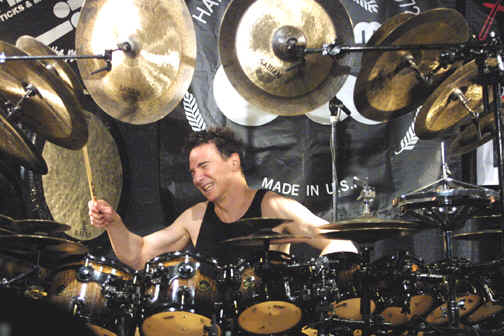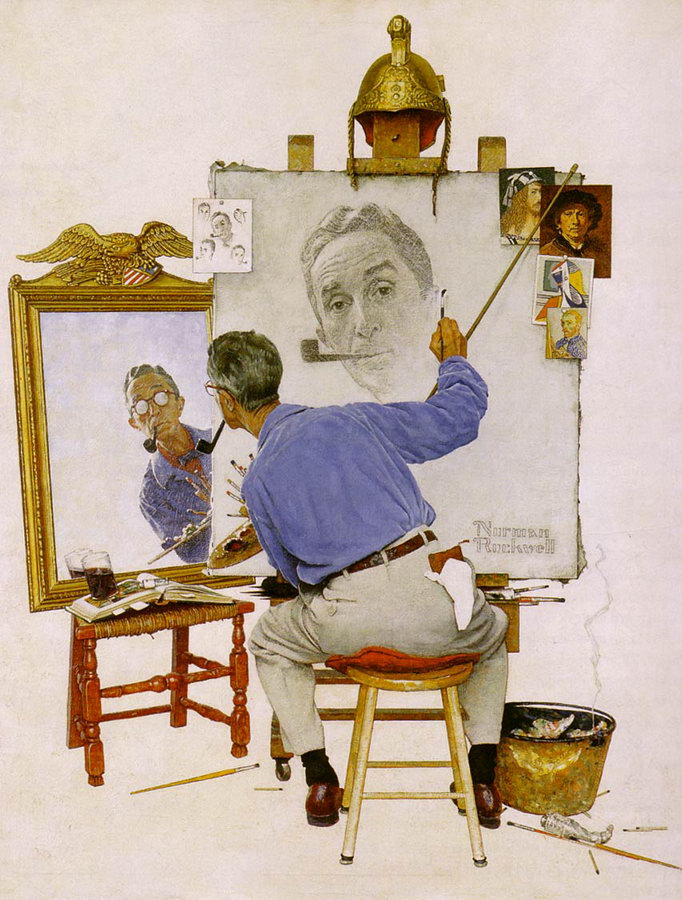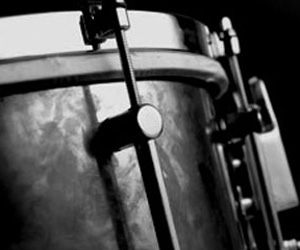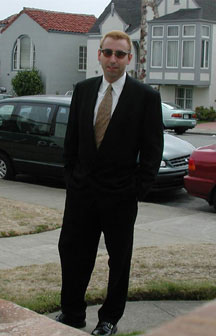Drum Tips - Practice in Front of a Mirror

Let’s talk about presentation. Remember the old saying: “practice makes perfect” As I have said before, it is not quite accurate. The saying should be “Perfect practice makes perfect” because if you practice doing something wrong, you’ll just end up really good at doing it wrong! If your practice is loose and sloppy, no matter how much you practice, your playing will always be loose and sloppy! We practice with a metronome, a perfect timekeeper, to improve our internal clock so that we have a great sense of keeping the tempo steady. It is the same with all aspects of your musical performance.
You have learned the music, it is solid and steady and you can play backwards and forwards in your sleep. However, have you been paying attention to your performance? Your presentation? Your visual style? Are you fine tuning your entire musical persona, calm and smooth, or wild and outrageous?
Musical performance on the drums set can cross into the realm of dance. You know you can play, but do you think you can dance?
Most great drum teachers will tell you to practice in front of a mirror. It will help you evaluate your technique. Are your hands in the right position? Are you balanced? Leaning too far forward or backward? Are you sitting too high or low? Are you positioned for maximum flexibility and dexterity around the entire drum kit?
When you look at your playing in the mirror you might realize that what feels comfortable right now, might not be allowing you to reach your full potential as a musician. We can get very comfortable in our bad habits, and they will end up limiting your future. Keep a mirror next to your practice kit to keep yourself in check, make sure you are not getting comfortable with bad habits.
Practicing in front of a mirror also helps with the other aspect of playing, a great visual performance. Are you making “drummer faces?”
A mirror is one of the two great tools for visually evaluating your performance. A video camera is also very useful. The mirror offers instant feedback, however our internal personal perception can get in the way of being honest with ourselves about the quality of our performance.
Looking into a pool of water and not realizing that he saw his own reflection, Narcissus fell in love with the beautiful image he saw. Your at least one up on Narcissus if recognize our own reflection. But are you falling in love with what we see? Are you seeing the truth? Or are you seeing only what you want to see?
 There’s an old saying about “seeing the world through rose colored glasses” meaning that everything looks great.
There’s an old saying about “seeing the world through rose colored glasses” meaning that everything looks great.Not only is it difficult to see yourself objectively, but what you see is not even a true image of you. It is reversed, and because we are simply not the same on both halves, the image you see in the mirror can be very different from the image that the rest of us see when we look at you.
Recording your practice on video is a great way to overcome the Narcissus effects of working with a mirror. Pretend you are in front of your audience and practice everything (eye contact, movement, gestures, as well as the notes of the music)
Unfortunately, the feedback is not in real time. However, when you look at a video playback of your performance it is generally much easier to feel removed from the performance and really be critical. It is about as close as possible to watching your own performance through the eyes of your audience.
The truth is in what you see, not in what you feel. Do you see a really great performance? If not, now is a good time to start really figuring out what is working and what is not working, and make the changes.

